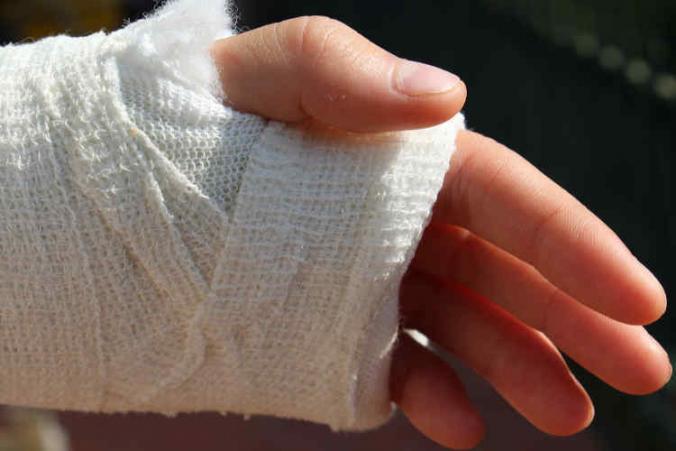The Department of Labor and Industries (L&I) performs research and maintains data about every workers’ compensation claim in Washington State. In fact, its database of L&I claim information contains data from 2007 through 2020. The data captures each workplace accident type, body parts, and the nature of the injury. In addition, they store information about the source of the workplace injury, occupation, frequency, and risk classes. Interestingly, many work accidents involve trauma to the spine and surrounding muscles, bones, ligaments, joints, and tissues. Surprisingly, finger and hand work injuries are even more common than spinal injuries.
Hand work injury numbers and statistics
The US Bureau of Labor and Statistics published a fascinating study from 2017. In conclusion, finger and hand work accidents cause roughly 43% of all non-fatal work injuries whereby workers miss workdays. These incidents are most common in construction, woodworking, lumber and logging jobs. They are also very common among medical professionals and workers in mining, manufacturing, caregiving, janitorial jobs, and transportation jobs. However, in my experience, hand and finger injuries can occur in any profession. Even in some of the most sedentary jobs.
Workers’ compensation claim for hand or finger workplace injury
Sometimes, finger and hand accidents are simple. For example, small cuts or wounds that heal fast. They can also be far more severe and disabling. For instance, I’ve seen people lose a finger, multiple fingers, or their entire hand. Crushing injuries are also common. A severe crushing work injury can require surgical amputation of the finger or hand. They can also cause conditions like complex regional pain syndrome (CRPS), which is extremely painful with unusual symptoms like hair loss and skin changes.
Hand and finger workplace injury in certain industries also carries risk of contracting secondary infections. Such infections include Methicillin-resistant Staphylococcus aureus (MRSA) or staph infection. The risk is particularly high in the medical and caregiving setting. In fact, the risk exists for any job with exposure to unsanitary conditions. Consider janitorial work or working with animals, for example. Needle stick work injury is common in these settings. Needle pricks or needle sticks work accidents carry increased risk of transmitting serious diseases like HIV, Hepatitis and Syphilis.
Hand injury in the L&I claim setting
These examples illustrate why there are so many finger and hand injuries at work. When the injury is simple and resolves easily, the L&I claim costs are low. Yet, for more severe accidents with potential secondary conditions or industrial diseases, the costs are much higher. According to L&I, workers under twenty-four years old have the highest risk for finger and hand injury at work.
Many workers use their hands and fingers in regular work activities all the time. Consequently, a severe hand injury or hand disease can cause total disability. For younger workers, the inability to use a hand or a finger can permanently damage the future of their work. Therefore, I applaud L&I for continuing its efforts to educate employers and workers about the danger and risk of finger and hand injury on the job.

Fell off neighbor’s roof 11 years ago last Oct. 31st. Is now requiring amputation of left pinky finger. He was re-roofing the place on private property. He was not licsensed or bonded and told propert owner he would take care of medical should an accident ocuur, which it did. could never work again plus his doctor botched the surgeries on both wrists. Is on SSDI. Is there any compensation?